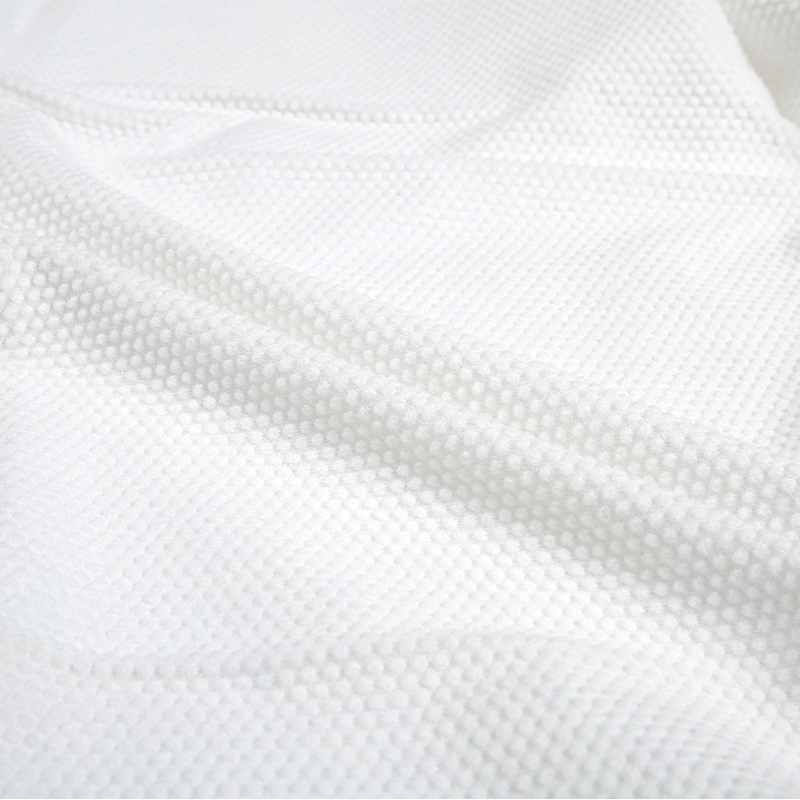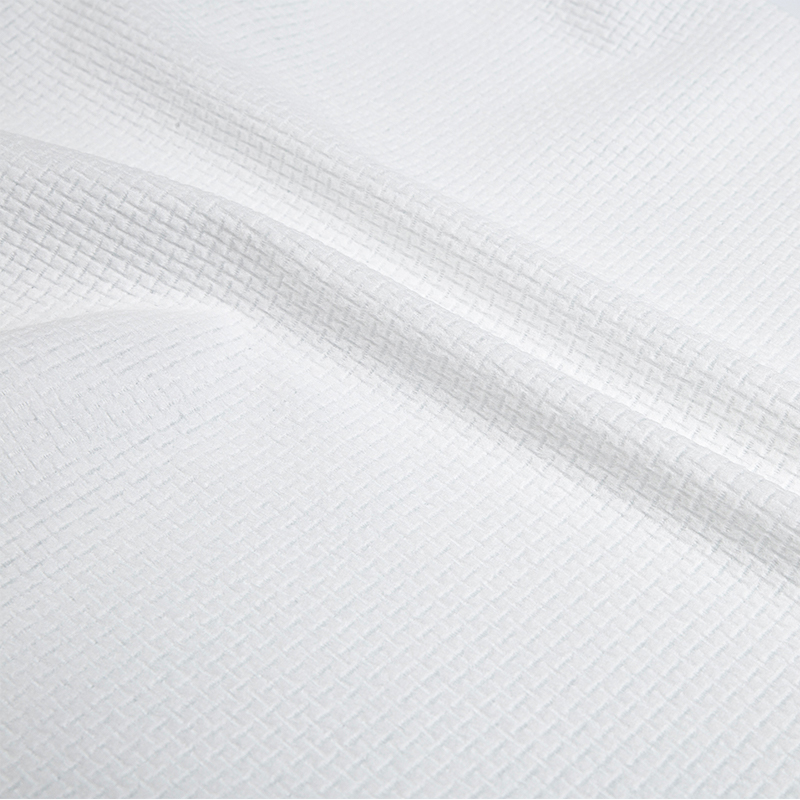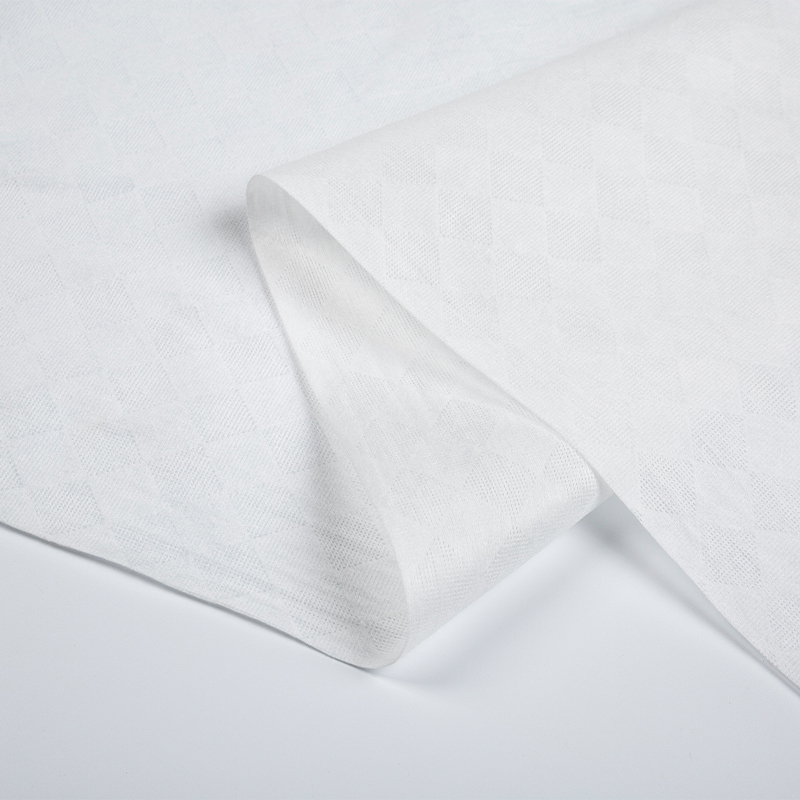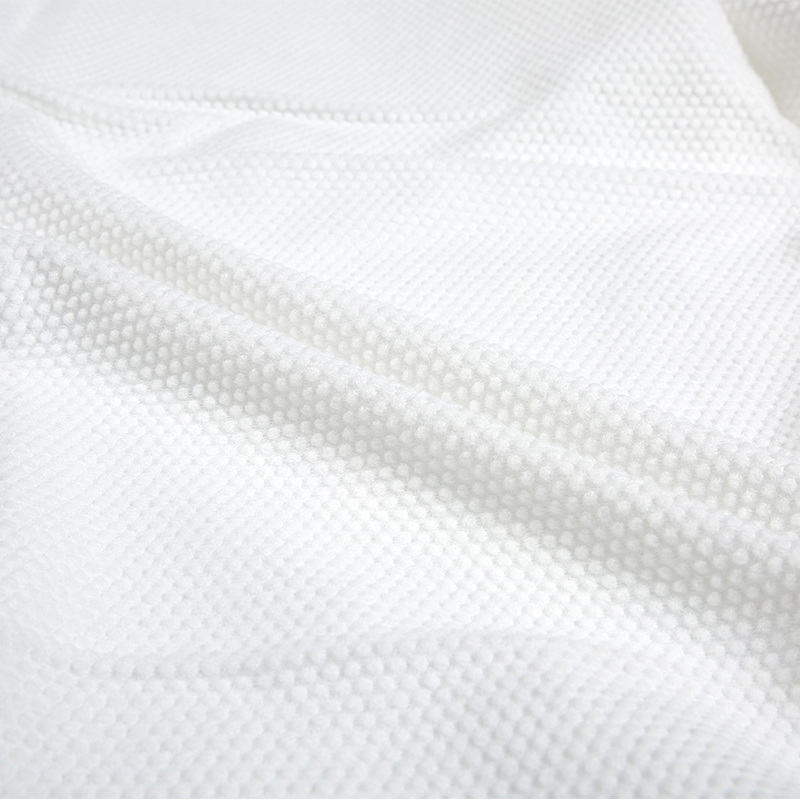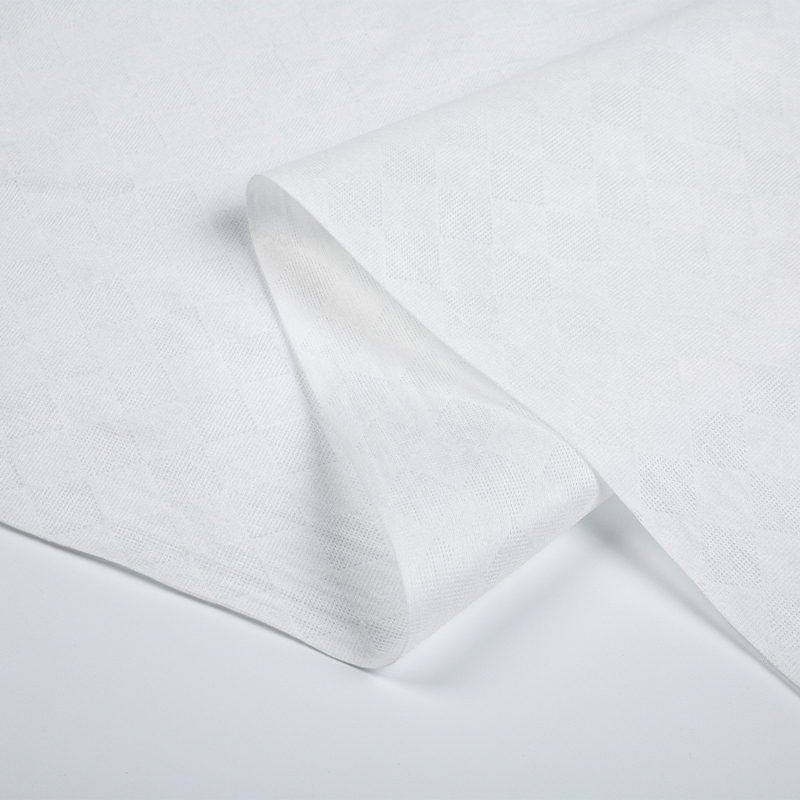Founded in 2022, Hangzhou Shunlong Nonwovens Technology Co., Ltd. is a professional China nonwoven fabric manufacturer and non-woven raw material factory
Nonwoven Fabric are fabrics bonded together mechanically, chemically or thermally without the use of yarns. They can be made of long (filament or staple) or short fibers and are characterized by their fibrous structure. The industry association INDA defines them as “sheet or web structures bonded together by entangling long and short fibers (or perforating films) mechanically, through chemical bonding with glue-like compounds, thermally (using low melt fibers that are heated to melt the fibers to each other), or by mechanical treatment and fibrous entanglement.”
Non-woven fabrics have a variety of attributes that make them desirable in many applications. They are lightweight, tough yet elastic, breathable and shed far fewer fibers than woven or knitted fabrics. They are also resistant to high temperatures and are easily dyed or dry cleaned. They can have a papery or felt-like appearance, be as thin as tissue paper or many times thicker, and may be transparent or opaque. Their tensile strength and tear and burst strengths can range from very low to extremely high. Their drapability can be poor to good, depending on the thickness and composition of the fabric.
These were a precursor to modern non-woven fabrics. The technology continued to evolve on a steady basis, and today’s non-wovens are much more advanced than those of the 19th century. Compared to woven and knitted fabrics, they are less expensive to produce, and have a higher yield. They are also very quick to manufacture, and are able to be made with a variety of raw materials including polymer, wood pulp, paper and compostable material. They have a variety of uses in healthcare, apparel, home furnishings and other industrial and consumer goods.
They are often used as an alternative to woven or knitted materials such as cloth, paper and glass for products that require light weight, durability and absorbency. For example, they are often used in baby diapers, feminine hygiene products, wipes and medical products as well as for thermal and acoustic insulation, packaging, and filtering and abrasion resistance.
Non-wovens are a great alternative to conventional textiles, as they offer the functionality of a woven or knitted fabric but with the added advantages of being more cost-effective, faster to manufacture and with improved sustainability. In addition to these advantages, they are a great choice for many end-of-life products that have limited life or where durability is not an issue. This includes items such as medical, agricultural and construction wastes. This helps to reduce landfill and pollution.
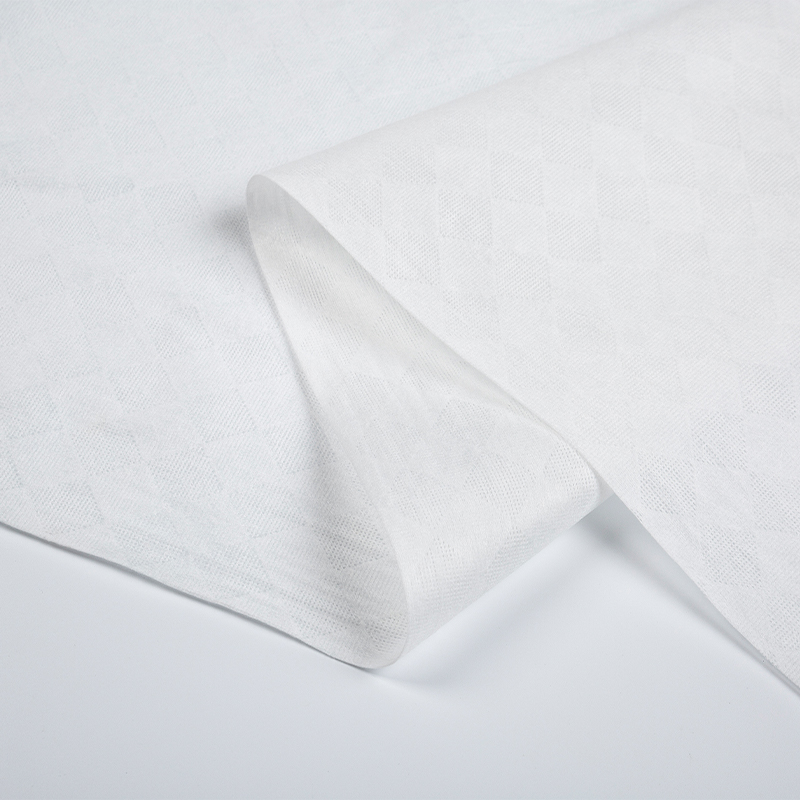


 English
English 日本語
日本語 русский
русский Español
Español